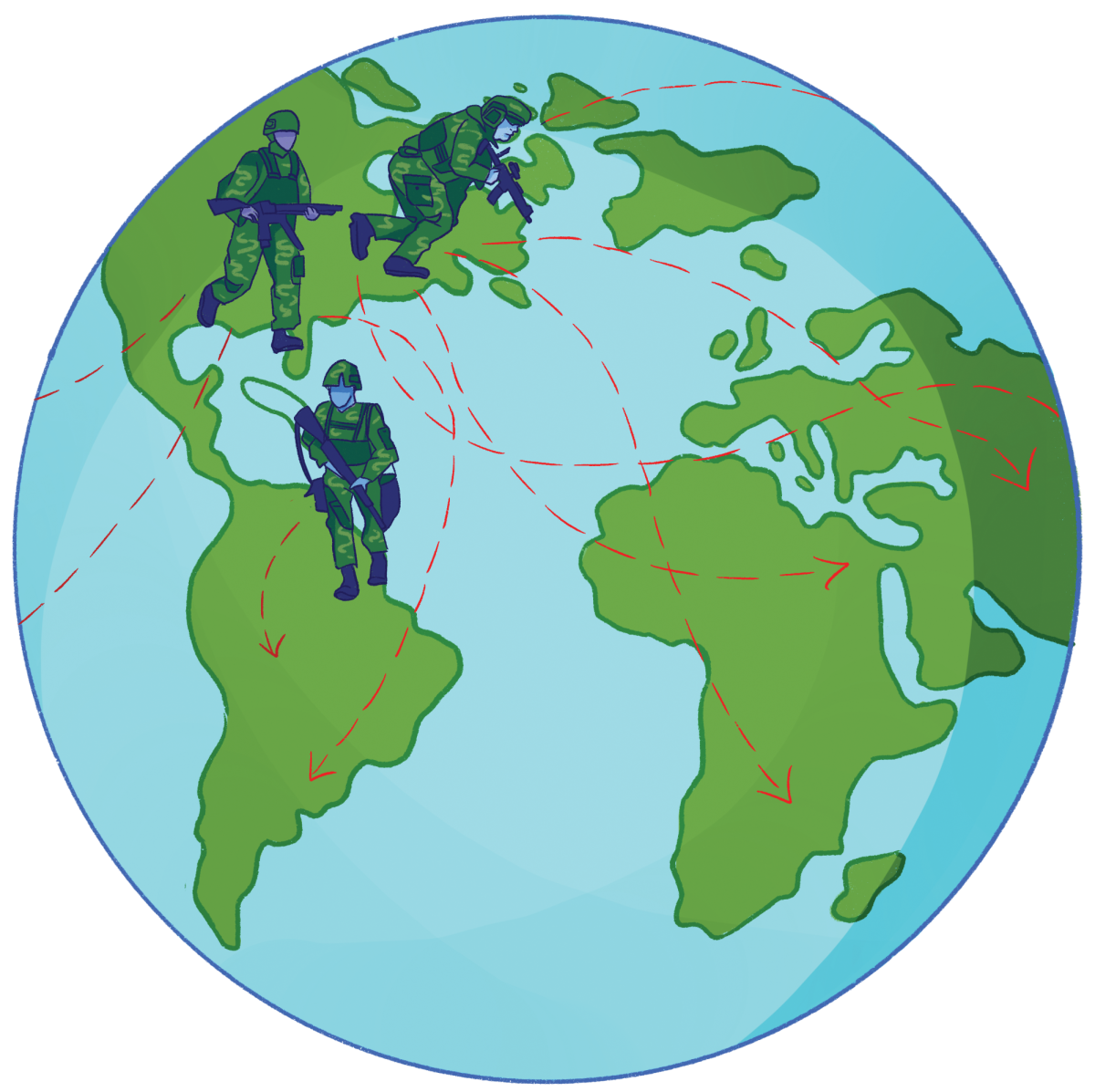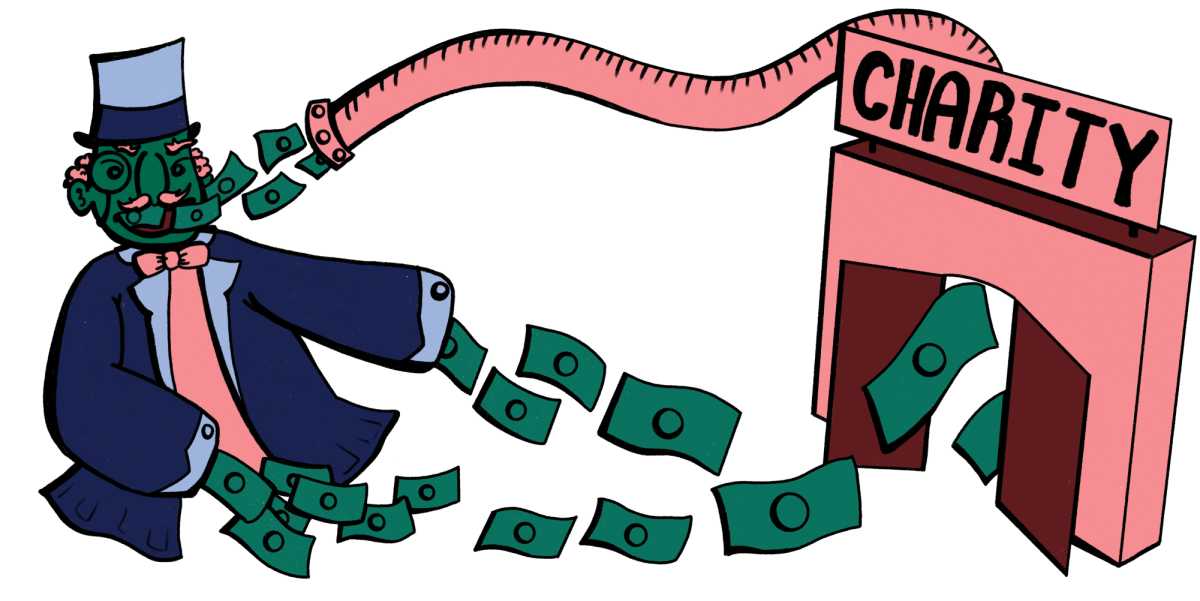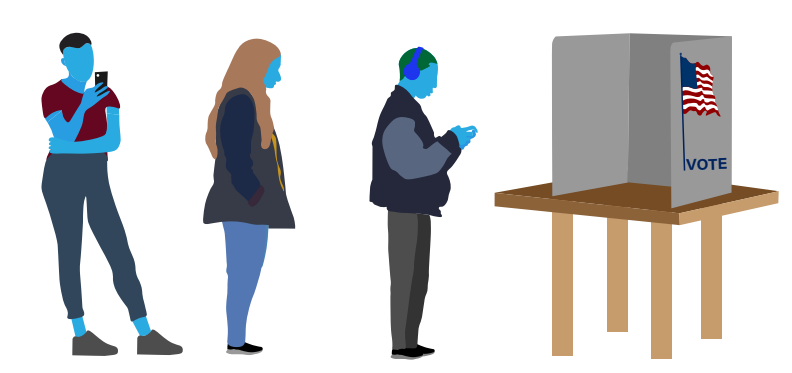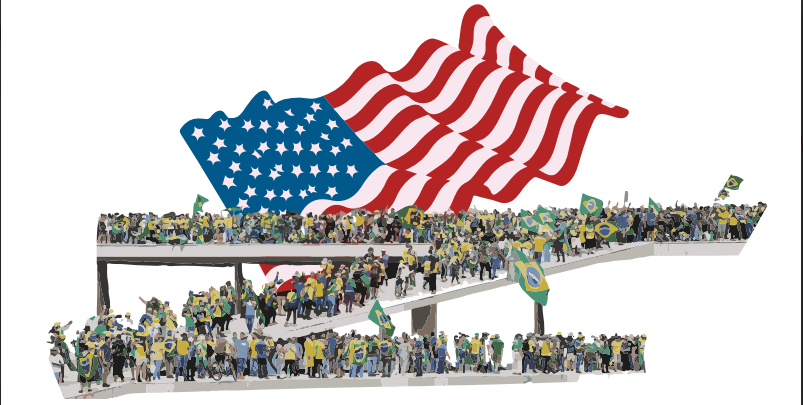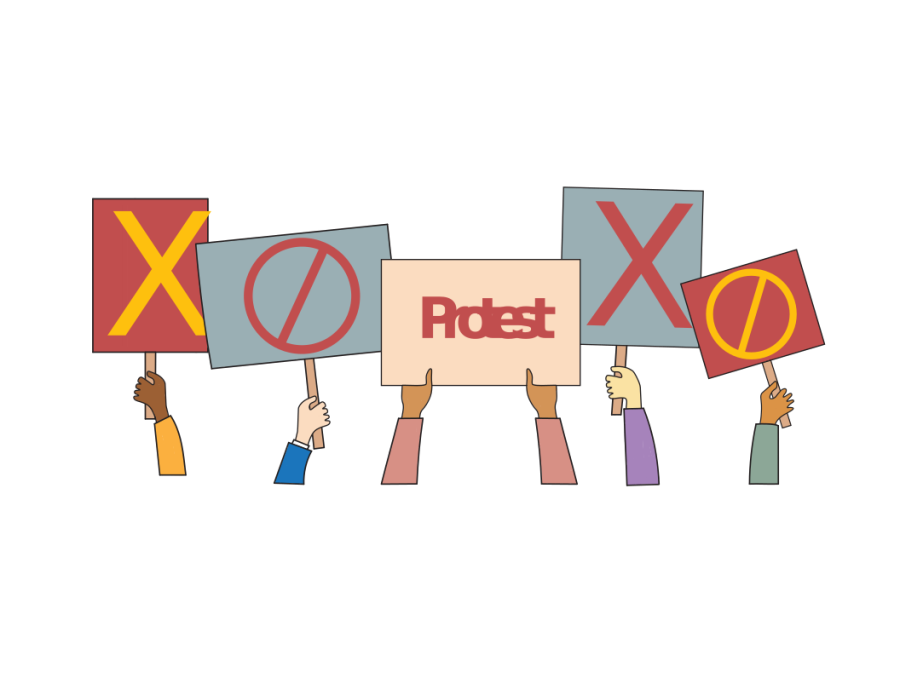In a matter of hours, Afghanistan’s capital city of Kabul fell, and control of the country was taken by the Taliban. This complete collapse of government so quickly after the U.S.’s withdrawal from an area is extremely concerning. While such rapid deterioration is rare, it is common for countries to fall into crisis due to American intervention. From overthrowing the sovereign Hawaiian government to helping install numerous dictators in Latin America, American interventions regularly lead to thousands of unnecessary deaths and the removal of democracy, which some nations still have not recovered from. It is clear that the vast majority of the time, U.S. international military interference leaves countries worse off than if they had just been left alone.
There are, however, a few situations in which the U.S.’s immense power should be used. When a country cannot help its citizens and reaches out to us for help, we have a duty to use our trillions of dollars of wealth for good. Disease, famine, poverty, and national disasters are all difficult to control and predict, and they hit poorer nations the hardest. If the U.S. has the ability to limit the deaths that these factors cause, it could allow nations to develop faster, and, rather than ending thousands of lives, could save them instead. Overall, federal projects in other countries would be far more effective if they were oriented towards peaceful solutions or towards solving issues of the health and safety of a country’s citizens.
The U.S. has been intervening in foreign nations for over 200 years, but these interventions rarely involved overthrowing sovereign nations. However, this changed when more than 160 U.S. Marines invaded Hawaii in 1893. Not yet a state or even a territory of the U.S., Hawaii had its own government, a queen, and a house of democratically elected representatives. Queen Liliʻuokalani tried to restore her people’s rights after an all-white militia threatened her brother, the late King Kalākaua, into signing a new constitution that ceded power to them. The Missionary Party, who had sent this militia, convinced the second administration of Grover Cleveland (1893-1897) that Queen Liliʻuokalani’s attempts to overturn this constitution were a threat to American lives. In reality, the only threat was to profits, as the Missionary Party owned the sugar plantations that exported to the U.S.. They didn’t like paying tariffs on their crops, and hatched a plan to turn Hawaii into an American state. Hawaii was declared a U.S. territory by President William McKinley in 1898, despite Liliʻuokalani’s constant lobbying. She continued petitioning for Hawaiian independence until her death in 1917.
In addition to being illegal under international law, this annexation had numerous negative effects for Hawaii. It lost much of its culture, to the point where many quintessentially Hawaiian items, like grass skirts and tiki torches, actually come from the mainland. Its population is now made up of more foreigners than Native Hawaiians, and before it became a state in 1959, these Hawaiians did not have a right to vote. Any interference that removes people’s basic rights and culture should be seen for what it is, a tragedy. No country should be allowed to get away with these actions, especially since the U.S. had no legitimate cause for taking over Hawaii. Sadly, this is a theme throughout American interventions.
During the Cold War, U.S. foreign interventions increased. Fear of communist expansion led to invasions of numerous countries, often overthrowing democratically-elected socialist leaders in the interest of installing capitalist dictators. In 1954, the administration of Dwight D. Eisenhower backed a Guatemalan coup against the democratically elected Jacobo Arbenz Guzmán and installed dictator Carlos Castillo Armas in his stead—all in the interest of protecting the profits of the United Fruit Company. The company owned immense amounts of land in Guatemala, which Arbenz wanted to redistribute. This coup was backed by another dictator, Anastasio Somoza García of Nicaragua, who was also the former leader of the U.S. National Guard. He was eventually overthrown by the socialist Sandinista party in 1979. Eager to keep control of the country’s leadership, the U.S. authorized covert operations in Nicaragua in 1981. These operations included funding, arming, and training groups dedicated to overthrowing the country’s government, known as the Contras. The successful coup led to a death toll of over 50,000 Nicaraguans, illustrating how U.S. intervention is often done with the intention of furthering their own goals and can lead to devastating after effects in the nations they meddle with, sometimes leading to massive scale deaths. The coup left Nicaragua with an unstable government, and it fell into a dictatorship in the 2000s, this time ruled by Sandinista Daniel Ortega.
All of these military interventions have a few things in common—they involved overthrowing a sovereign government, nearly all had an ulterior motive, and they all ended up harming the very nations they were supposed to help. Despite the U.S. having the strongest military in the world, according to Global Firepower, armed interventions are rarely effective. This is because they are simply the wrong approach to the majority of international issues. Many can be solved with simple diplomacy, and even more should never have involved the U.S. in the first place. What business do we have in meddling with the governments of foreign nations? Often the answer is simply profit, as can be seen with the intervention in Guatemala, or when a country dared to criticize capitalism, such as in Nicaragua.

